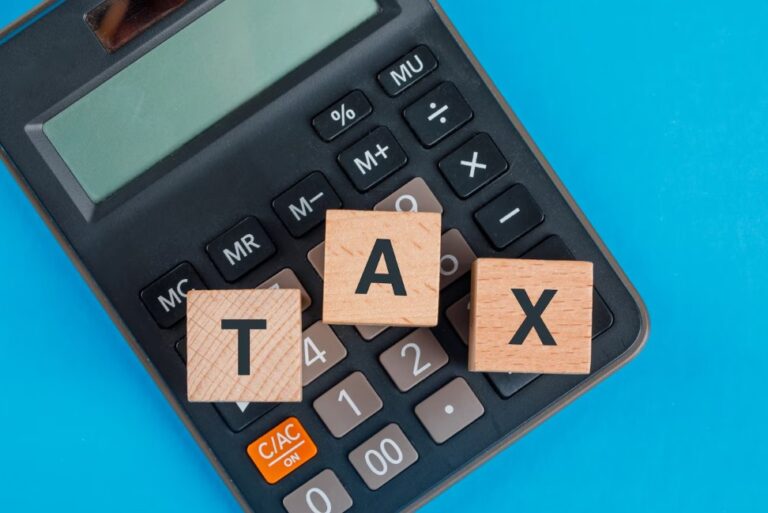What Is Tree Equity
Let’s begin with understanding what is tree equity. Tree equity refers to the idea that all communities should have access to the benefits of trees, regardless of their socioeconomic status. Trees provide numerous benefits to communities such as clean air, shade, and stormwater management, as well as the social and psychological benefits of being around nature. The concept of tree equity aims to ensure that every community, regardless of their economic or demographic characteristics, has access to these benefits.
Disproportionate Impact on Low-Income and Communities of Color
Low-income and communities of color are disproportionately affected by a lack of access to green spaces. These communities are more likely to live in areas with fewer trees and less green space, leading to higher levels of air pollution, heat island effects, and other environmental issues. This is due to the fact that these communities often have fewer resources, such as parks and trees, and are less likely to have the political and financial capital to advocate for and secure funding for greening projects.
The historical legacy of redlining and discriminatory policies have led to the concentration of poverty in certain neighborhoods. Redlining is the practice of denying loans or insurance to people based on the racial demographics of a neighborhood, which has led to the concentration of poverty in certain neighborhoods. These neighborhoods are often located in areas with fewer resources, such as parks and trees, and are less likely to have the political and financial capital to advocate for and secure funding for greening projects.
Root Causes
Historical and structural barriers have led to disparities in access to green spaces. These barriers include discriminatory policies such as redlining, lack of funding and resources in certain communities, and a lack of political and financial capital in low-income communities of color to advocate for and secure funding for greening projects.
Cities have a “permit culture” that can make it difficult and expensive for residents to plant trees on their own property. This can be especially challenging for low-income households that may not have the financial resources to navigate the permitting process.
Strategies to Promote Tree Equity
- Targeted planting efforts in low-income and communities of color. This involves focusing on planting trees in these communities to ensure that they have access to the benefits of trees.
- Policy changes make it easier for residents to plant trees on their own property. This can include streamlining the permitting process and providing financial assistance to low-income households to help with the cost of planting trees.
- Engaging and empowering residents in the greening process by providing education and resources. This can include providing information on how to plant and care for trees, as well as creating opportunities for community members to take leadership roles in greening projects.
- Creating “green streets” that prioritize the planting of trees and other vegetation in areas with high levels of traffic. This can help to reduce air pollution, mitigate the heat island effect, and provide shade and other benefits to communities.
- Incorporating green infrastructure into urban planning and development projects. This includes including things like parks, green roofs, and rain gardens in new developments, as well as retrofitting existing buildings and infrastructure with green infrastructure.
Conclusion
Tree equity is about ensuring that all communities have access to the benefits of trees, and addressing the historical and structural barriers that have led to disparities in access to green spaces. By working towards more equitable access to trees and green spaces, we can create healthier and more livable communities for all. This can be achieved through targeted planting efforts, policy changes, empowering residents, creating green streets, and incorporating green infrastructure in urban planning and development projects.





